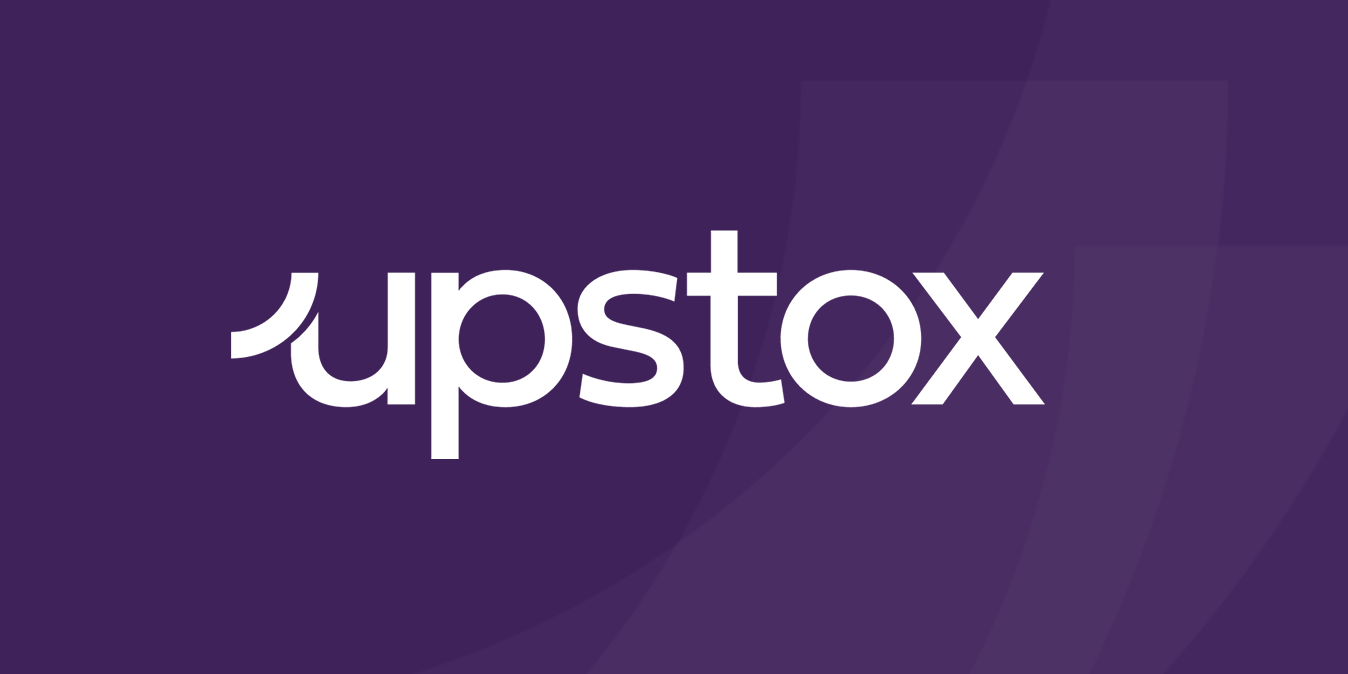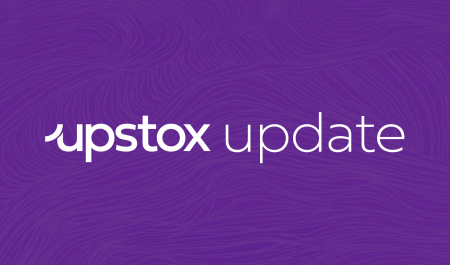Mutual funds are a cost-effective and convenient investment vehicle. Put simply, asset management companies that offer these mutual funds pool money from a group of investors. This capital is then invested in asset classes like equity, debt or gold as per the fund’s mandate and the profits are distributed amongst investors.
Mutual funds are a popular asset class because it allows investors to begin by investing as little as INR 500 per month. Read on to understand some common terms that you will encounter when investing in mutual funds.
Asset management company
An asset management company (AMC) is a mutual fund service provider. They manage the money you park in a mutual fund scheme. Every AMC offers dozens of schemes for you to choose from. AMCs are registered with the market regulator Securities and Exchange Board of India (SEBI). There are over 40 AMCs in the country. AMCs are also referred to as fund houses or simply mutual fund companies.
Fund manager
A fund manager is an employee of the AMC who makes investment decisions. Every scheme can have one or more fund managers. The fund managers are responsible for the performance of your scheme. The fund management team is headed by a chief investment officer (CIO).
Scheme categories
Based on the asset class they invest in, mutual fund schemes are broadly divided into four buckets —equity, debt and hybrid.
Equity schemes invest in stocks. They are further divided into various subcategories such as large cap funds, midcap funds, sectoral funds, etc.
Debt schemes invest in government securities, money market instruments and corporate papers. There are a number of sub-categories for debt schemes as well and these include liquid, short duration, credit risk fund and dynamic bond funds.
Hybrid schemes invest in a mix of debt and equity. They are also known as balanced funds.
Besides these three, mutual funds also offer investment in gold through the exchange traded fund (ETF) route. There are ETFs for debt and equity investments as well.
Each scheme category has a unique profile and is used for a particular investment goal. A registered investment adviser (RIA) can help you select the right category.
Active versus passive schemes
Actively-managed schemes are those whose investment decisions are made at the discretion of the fund manager.
Passive schemes are ETFs and index funds that invest in an index such as Nifty and Sensex. Here there are no active investment decisions being made. The scheme simply mimics the underlying index.
Alpha generation
Every mutual fund scheme’s performance is compared to a pre-decided benchmark. If a scheme is able to generate returns higher than the benchmark, it is known as an alpha. For instance, say a large cap scheme is benchmarked to the Nifty 50 index. If the Nifty index goes up 30 per cent in a year, and the scheme goes up 40 per cent; it means the scheme has managed to generate an alpha of 10 percentage points.
Higher the alpha the better is the fund performance. Passive schemes don’t generate any alpha as their returns mimic the index they are benchmarked to.
Closed versus open-ended schemes
Close-ended schemes have a specific investment tenure. One has to invest in a close-ended scheme at the time of a new-fund offer (NFO) and wait till the maturity period for redemption.
Open-ended schemes don’t have any tenure. They are perpetual in nature—one can invest and exit from them at any given point.
New fund offer
A new fund offer or an NFO is when an AMC launches a new scheme and offers a subscription for the first time. Typically, the net asset value (NAV) – or the cost of one unit—of the scheme is usually fixed at ₹10 at the time of NFO.
The NFO is open for subscriptions for a specified time period.
NAV
Just like stock prices are quoted in rupees per share, the price of one unit of a mutual fund is denoted as its net asset value (NAV). NAVs are calculated at the end of each day by the AMC.
Unlike stocks, an NAV cannot be undervalued or overvalued. A scheme with a high NAV doesn’t mean it is expensive. It should not be taken as an indicator of the fund’s performance, either. The NAV changes based on the performance of the stocks that the fund invests in. So, if the stock prices were to decrease on a particular day, the NAV would also reduce on that day.
SIP and lump sum
SIP or a systematic investment plan is a way to invest regularly in mutual fund schemes. It typically involves investing a small sum periodically. You can opt for monthly, quarterly or even yearly SIPs. SIPs are used for long-term investing. You can start, pause or cancel an SIP at any time.
A Lump sum investment is making a one-time investment in a mutual fund scheme. It usually involves investing a large sum of money.
TER
An AMC incurs several costs for running a scheme. These costs are recovered from investors in the form of total expense ratio or TER.
TER includes fund management fees, registrar’s fees, trustee fees, marketing costs and distribution costs. The TER is charged as a percentage of the assets and is adjusted against the NAV. Lower the TER, the better it is for the investor. The TER is different for direct and regular plans.
Exit load
An exit load is a levy imposed by the AMC at the time of exiting or redeeming mutual fund units. It is usually charged if an investor exits the scheme in less than a year or any other specified time. There are some schemes that don’t charge any exit fee.
You should always know the exit load and the TER of a scheme before investing.
Direct and regular plans
Every mutual fund scheme offers a direct and a regular option.
Direct plans are those bought directly from the AMC without involving a distributor. Regular plans are those bought through a mutual fund distributor (MFD).
The returns for direct plans are slightly higher as the investor saves on distribution cost.
MFD and RIA
A mutual fund distributor (MFD) is a registered entity that sells and distributes mutual fund products. MFDs earn through commissions. An MFD can be an individual or a bank or an online investment platform. An MFD also provides services like submitting Know Your Client (KYC) documents and submitting application forms and cheques. They can also help with recurring services generating account statements and processing redemption requests.
MFDs cannot advise clients. Investing advice can only be given by an RIA or a Registered Investment Advisor. These are individuals or entities registered with SEBI, the market regulator.
KYC
Before starting your investment journey, you need to be KYC-complaint. The KYC or Know Your Customer compliance is a one-time exercise. This requires submission of documents like identity and address proof, PAN card and bank details. Once done, an investor can invest with any AMC.
Buying and selling mutual funds
Mutual fund schemes can be bought or sold directly through an AMC’s website or branch office. They can also be purchased through MF Utilities and digital platforms.



